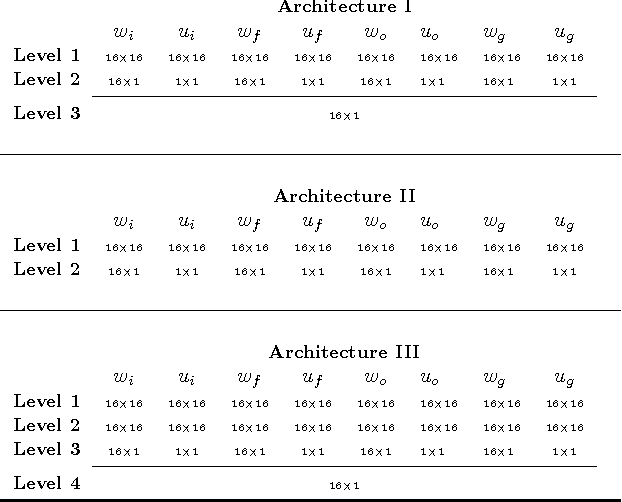Fatima El Jamiy
A test bed for measuring UAV servo reliability
Jan 31, 2019



Abstract:The era of Unmanned aviation is flourishing and advancing in leaps and bounds jumping over all challenges and obstacles. One of the serious hinderances to the booming industry is the lack of sufficient reliability studies about the systems used on board these flying robots. Accordingly, this poses a threat to the safety and well-being of human communities as well as the loss of assets, especially in BLOS flights. The need for a reliable endurance investigation is emerging from the fact that many of the systems and components used on UAS are COTS which comes with scarce information, if any, about its reliability and operation-life expectancy. This topic is of vital importance to regulatory organizations to consider legalizing commercial flights that are not in the field of the human operators' line of sight. Servos are one type of these crucial components used in UAS which lack thorough reliability evaluations. This study addresses this concern through a case study of the servo used on the Boeing Insitu ScanEagle to control its ailerons. To offer the expected information about the reliability of the components, a destructive test platform was sought. A test-bed was designed to operate the servo to failure using the actual commanded positions it operates to in its real-life service. The test-bed commands the servo and logs its actual movements along with the commanded positions. These logs are used to detect the discrepancy between the commanded and actual positions to give a statistical estimate about how long the servo will endure.
Optimizing Long Short-Term Memory Recurrent Neural Networks Using Ant Colony Optimization to Predict Turbine Engine Vibration
Oct 10, 2017



Abstract:This article expands on research that has been done to develop a recurrent neural network (RNN) capable of predicting aircraft engine vibrations using long short-term memory (LSTM) neurons. LSTM RNNs can provide a more generalizable and robust method for prediction over analytical calculations of engine vibration, as analytical calculations must be solved iteratively based on specific empirical engine parameters, making this approach ungeneralizable across multiple engines. In initial work, multiple LSTM RNN architectures were proposed, evaluated and compared. This research improves the performance of the most effective LSTM network design proposed in the previous work by using a promising neuroevolution method based on ant colony optimization (ACO) to develop and enhance the LSTM cell structure of the network. A parallelized version of the ACO neuroevolution algorithm has been developed and the evolved LSTM RNNs were compared to the previously used fixed topology. The evolved networks were trained on a large database of flight data records obtained from an airline containing flights that suffered from excessive vibration. Results were obtained using MPI (Message Passing Interface) on a high performance computing (HPC) cluster, evolving 1000 different LSTM cell structures using 168 cores over 4 days. The new evolved LSTM cells showed an improvement of 1.35%, reducing prediction error from 5.51% to 4.17% when predicting excessive engine vibrations 10 seconds in the future, while at the same time dramatically reducing the number of weights from 21,170 to 11,810.
 Add to Chrome
Add to Chrome Add to Firefox
Add to Firefox Add to Edge
Add to Edge